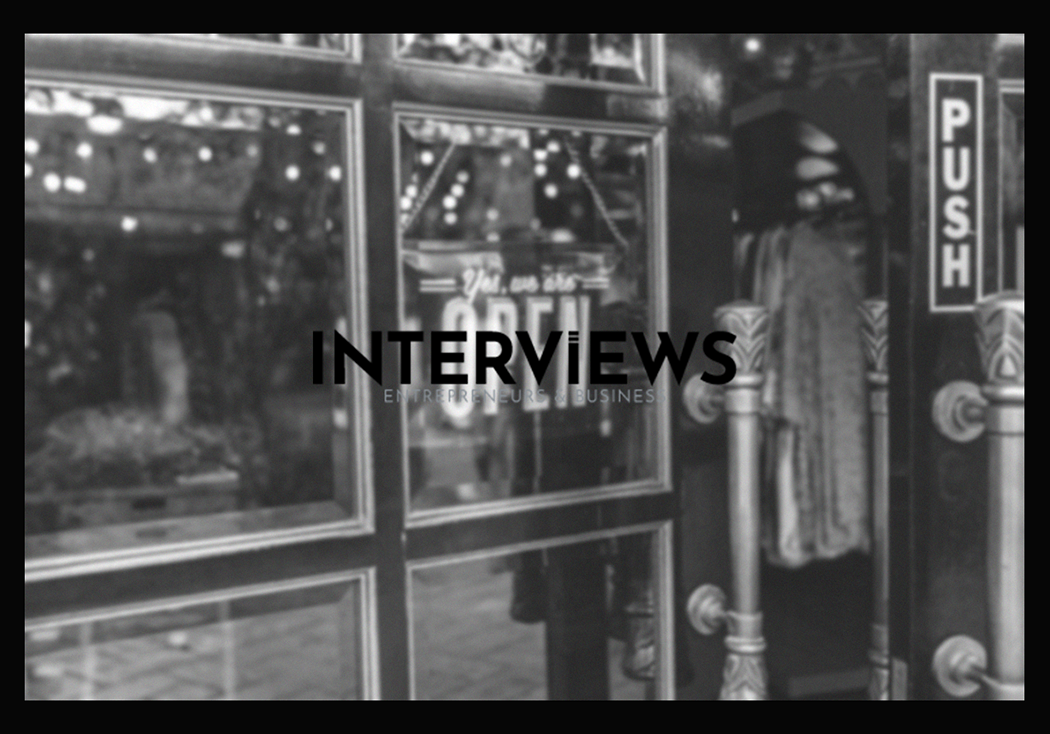Navigating the Real World of Retail: Understanding Brick and Mortar Businesses
Have you ever visited a store, picked an item, and taken it home the same day? That’s the nature of a brick and mortar business. It describes any company with a physical presence. It’s the classic way of doing business. These stores are places you can go, unlike online shops. For more details, check Shopify’s guide.
What Exactly Defines a Brick and Mortar Business?
Let’s outline the key traits. First, there is a physical location. Customers can walk in and browse products. This leads to in-person transactions. Retailers exemplify this concept. Grocery stores, clothing shops, and department stores fit here. They provide goods in person. Essentially, brick and mortar is different from e-commerce. The term hearkens back to traditional building materials used for shops long ago. Ultimately, the model centers on customer interaction in a physical space.
Beyond Retail: Brick and Mortar in Action
Brick and mortar businesses go beyond retail. Your favorite coffee shops and local pet stores? They are brick and mortar. Want a burger from McDonald’s? Still brick and mortar. Even large chains evolved from physical locations. Don’t forget service businesses too. Places like gyms and banks also fit in. Many giants like Walmart, Target, and Home Depot blend physical stores with online markets to get advantages. Consider specific places like the Apple Store, Sephora, or your local grocery – all part of this model.
Brick and Mortar vs. Online: The Age-Old Retail Debate
The main difference is the physical storefront. Brick and mortar relies on this space for direct interaction with customers. In contrast, e-commerce platforms exist solely online. They offer products or services without a physical presence. Businesses often use a hybrid approach for planning. They merge strengths of both physical and virtual stores. This creates a smooth shopping experience, regardless of how customers choose to shop.
The Price Tag of Physical Presence: Costs to Consider
Establishing a brick and mortar store is not cheap. Let’s discuss the costs involved. Startup costs can be quite high. You may need to budget $50,000 to $100,000 just to launch. This amount can change based on store size and location. Employee count, inventory, and administrative costs all contribute. Vlogger Alli Schultz suggests initial costs average around $48,000, excluding location-specific expenses like deposits and licenses. Then come the operational costs. Managing a store means higher overhead. Rent, especially in prime areas, can be very high. Utility and staffing costs also increase expenses. Designing your store can cost about $147 per square foot. Physical presence has its price.
Why Bother with Bricks? The Upsides of a Physical Store
Despite high costs, brick and mortar stores bring unique benefits. One major advantage is brand recognition. A store in a busy area serves as a constant advertisement. There’s also the personal experience. The in-store experience is something online cannot match. It’s about personal connection. This presence fosters community relationships. Plus, there’s the joy of instant gratification. Customers leave with purchases in hand rather than waiting for shipping. Additionally, physical interaction matters. Customers can touch and try products, which reduces uncertainty and returns.
The Brick and Mortar Blues: Challenges to Face
However, challenges lurk in the brick and mortar world. There are certain downsides. High overhead costs remain a significant concern, as discussed earlier. Rent, utilities, and staffing costs can add up quickly. Geographical limitations are another issue. Unlike online businesses accessible anytime, brick and mortar stores depend on location and hours. Then, there’s e-commerce competition. The convenience of online shopping is a real challenge. Even established companies face pressure. Pharmacies like CVS, despite solid physical presences, struggle against online options like Amazon Pharmacy. Staying competitive in this landscape is an ongoing fight. For insights about these issues, visit Petra Blog.
Is Brick and Mortar Still Profitable?
The profitability of brick and mortar retail is mixed. Net profit margins are often tight, typically between 0.5 to 0.75%. Margins can vary based on retail types and other factors. Specialty niches like specialty food & beverage sectors may see better profits. Even as large chains dominate, smaller niche stores can thrive by addressing specific customer needs.
The Evolving Future of Physical Retail
Is brick and mortar fading away? Not quite; it’s transforming. The physical store isn’t dying but evolving. Shops continually adjust to shifting consumer demands. The hybrid approach is increasingly common as businesses merge online and offline strengths. Brick-and-mortar stores are unlikely to vanish. They adapt by offering unique experiences, catering to local communities, and integrating online features. The future likely hinges on hybrid models, offering seamless shopping experiences.
Marketing in the Physical World: Brick and Mortar Strategies
Marketing for brick and mortar differs from online strategies. Brick-and-mortar marketing promotes physical locations like stores and malls. It uses tactics for driving both foot traffic and in-store engagement. Think of eye-catching window displays that attract passersby, hosting events to create buzz, distributing flyers locally, and initiating customer loyalty programs. It focuses on leveraging physical space for a compelling journey.
A Quick Word on Bricks and Mortar, Literally
A fun fact: the phrase “brick and mortar” relates to construction. A mason or bricklayer builds with masonry. They use materials like brick, block, and stone. These materials date back to solid, long-lasting physical storefronts.
Retail Realities: Store Closures and Company Moves
The retail scene remains dynamic. Recently, store closures have risen due to shifts in consumer trends and competition. Despite this, many businesses invest in brick and mortar. Walmart persists as the largest brick-and-mortar retailer. To see the giants, refer to Netguru’s list of top retailers in the US. Even e-commerce giants like Amazon expand into physical retail, beginning with Whole Foods. Target grows both its physical spaces and online marketplace. Ikea invests billions in new brick-and-mortar locations. Digitally-native brands like Wayfair open their first physical shops too. Companies like Starbucks innovate with formats like “Pick Up” stores for mobile orders. Following this trend, H&M reports stronger sales in stores while recognizing online growth. Brick and mortar’s tale continues, representing constant adaptation and evolution amid changing consumer behaviors.





